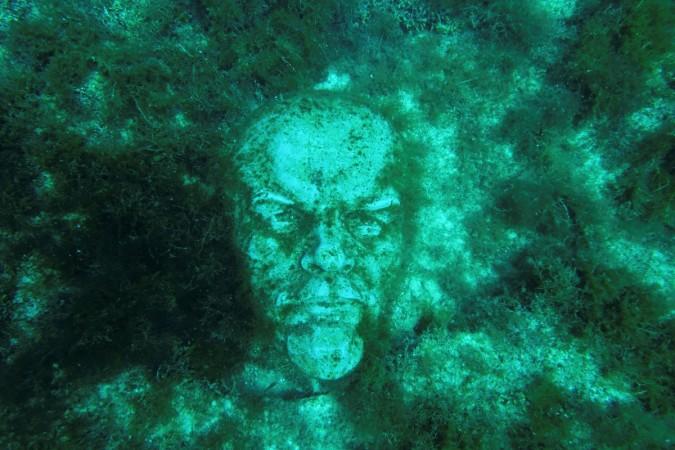
Having discovered the oldest water samples on Earth that almost date back to about two billion years, scientists believe that their discovery may hold the clues to life forms living far beneath the surface of Mars or other alien planets.
Scientists from the University of Toronto in Canada have been working with mining companies in the hope of getting access to water samples that are unseen and untouched for billions of years and are found far below the groundwater that has been isolated from the water table. The group presented their findings at the American Geophysical Union Fall Meeting last week in San Francisco.
Prior to the discovery of this most recent record breaker, the same team working in the same mine back in 2013 — the Kidd Mine in Ontario — found a water sample from mine in at about 2.4 kilometers that were subsequently dated to 1.5 billion years ago. The newest record holder was found even deeper at three kilometres.
Researchers dated the water by studying dissolved gasses, Phys.org reported. The origin of the samples was obtained from a large source that was flowing out of the ground at a rate of several litres per minute. Considering that the sulphate in the sample originated from interactions between the water and the rocks around it, rather than from another source, scientists suggest that the water was capable of sustaining life.
"If such microbial life does exist somewhere deep below the surface, it would represent a form of life that has evolved separately from all other life on Earth. It would also suggest that space scientists might have to consider the possibility of similar forms of life living far beneath the surface of Mars or other planets," added the Phys.org report quoted by PTI.








